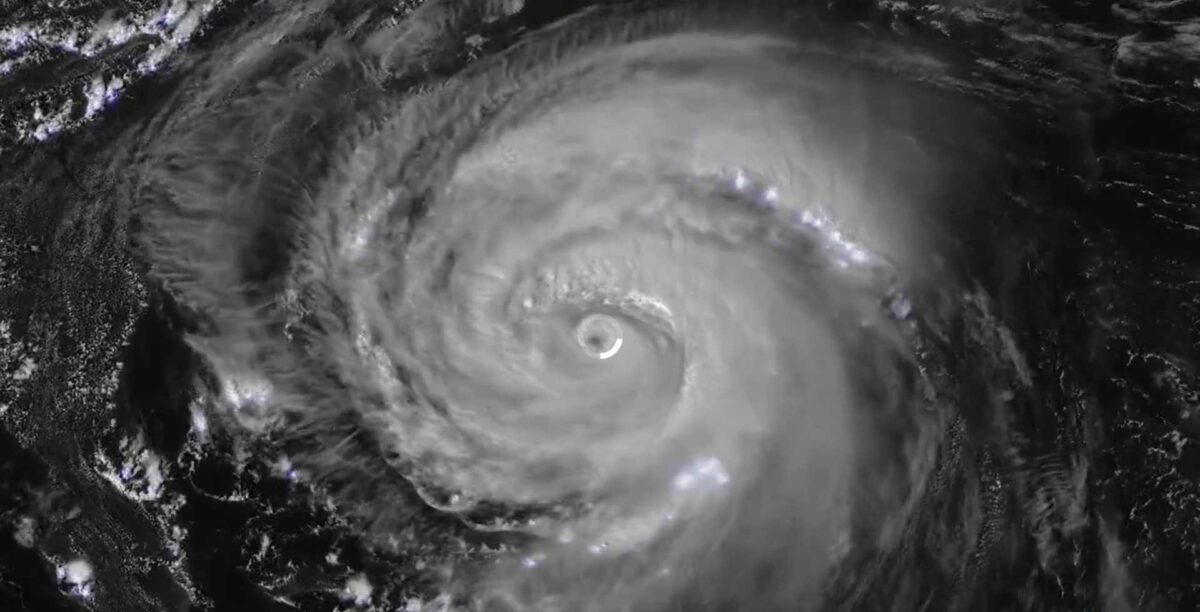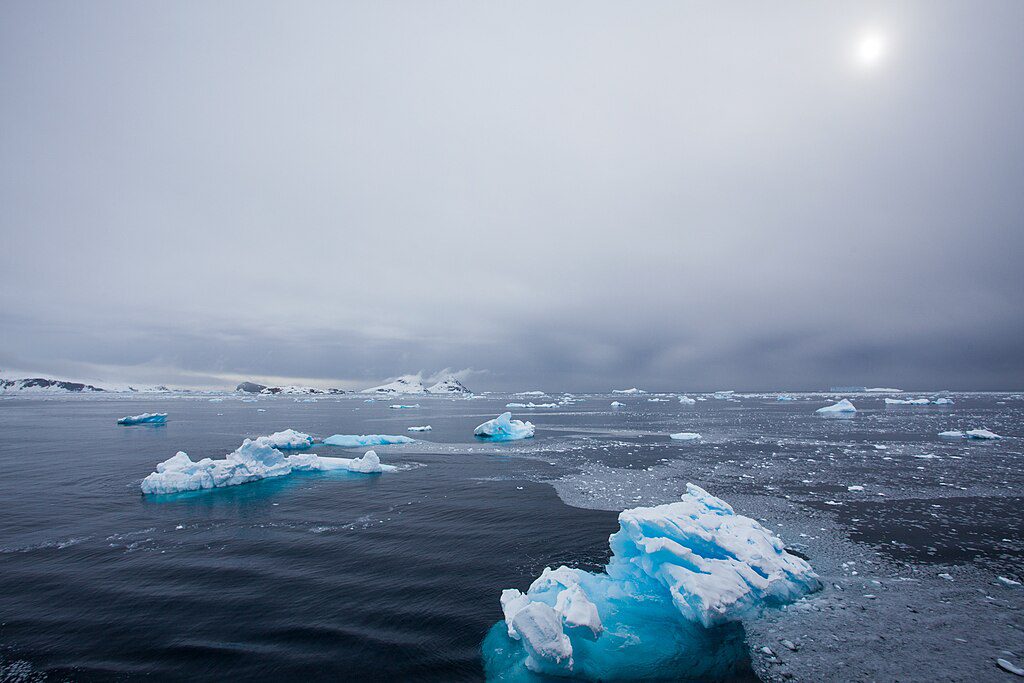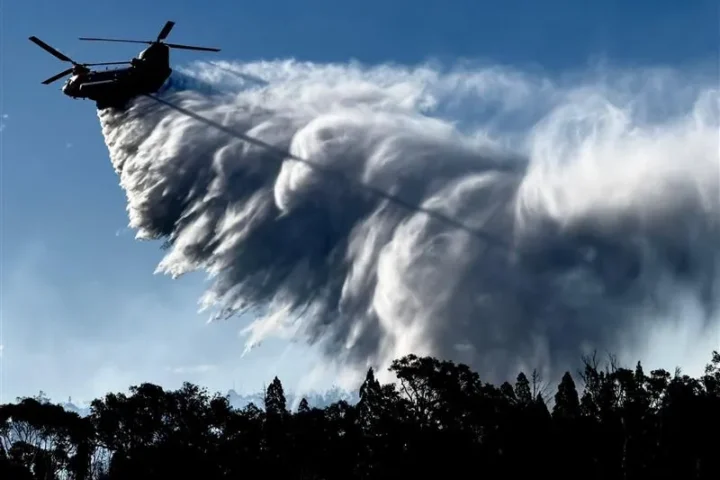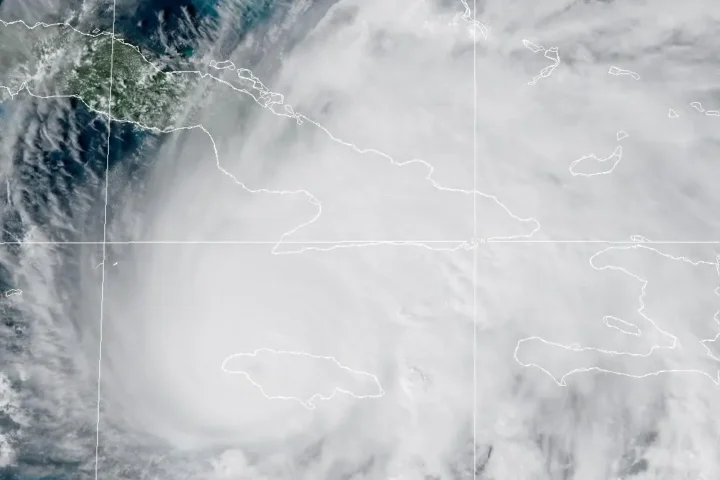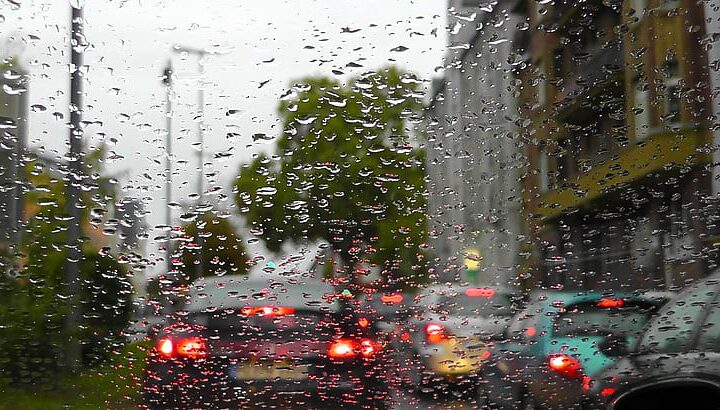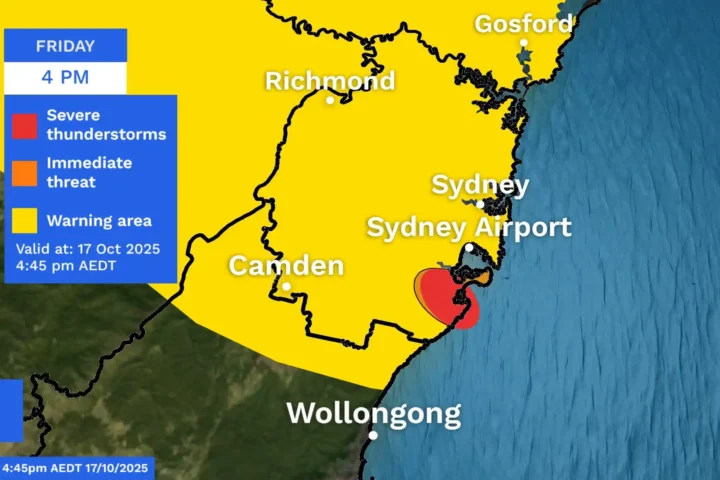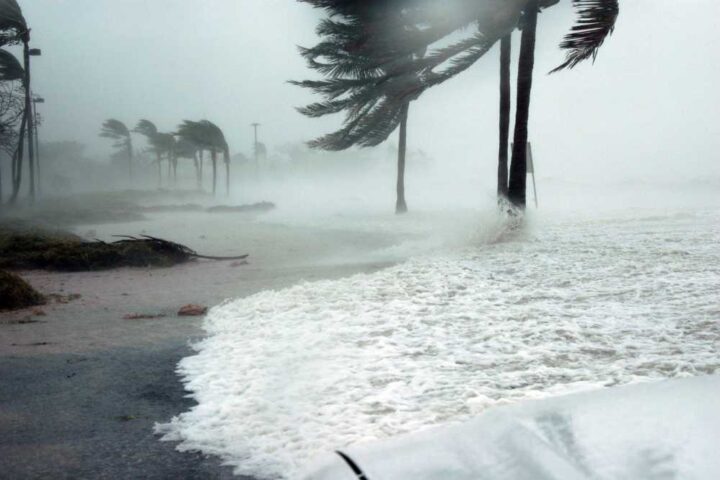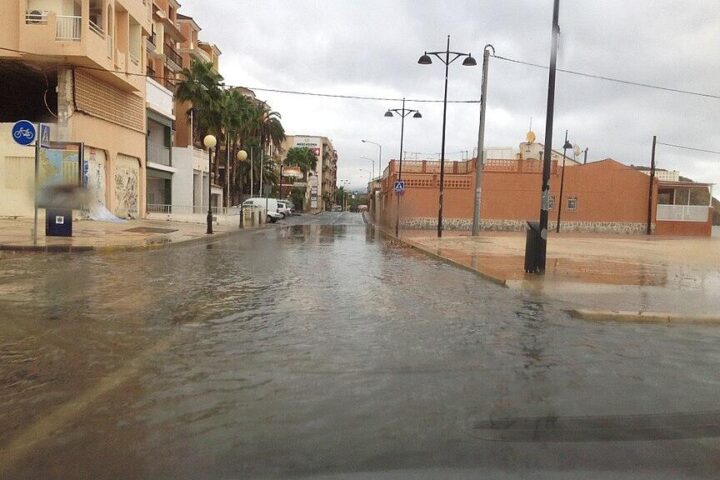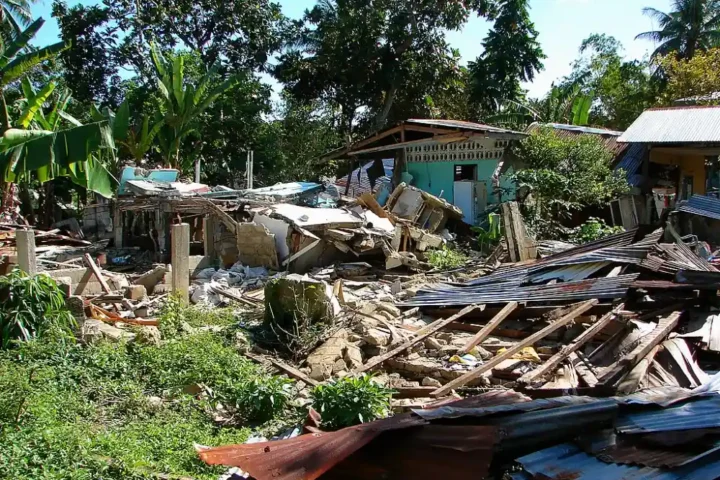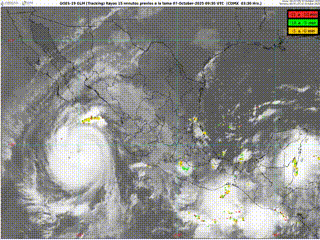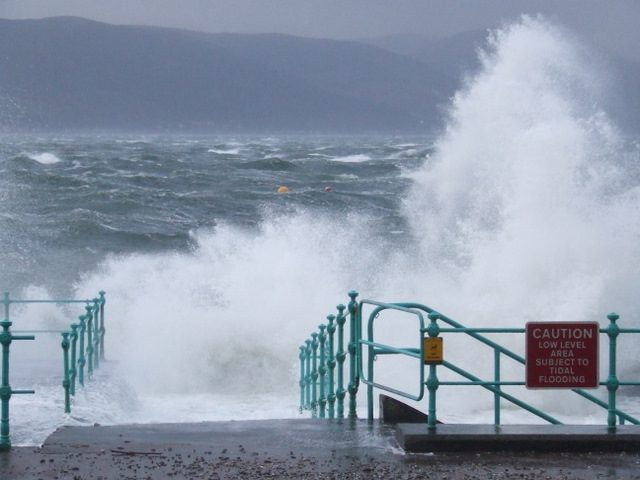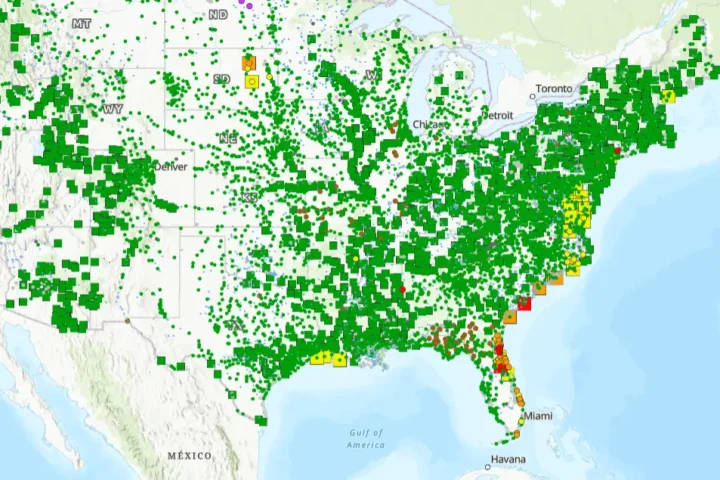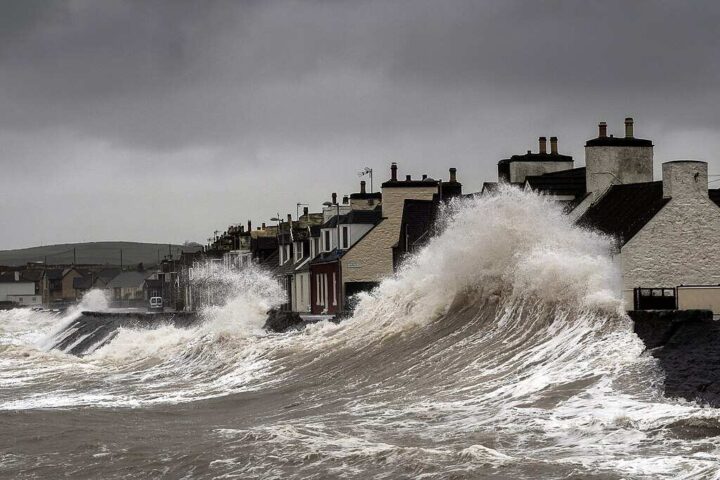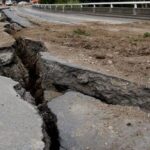Hurricane Erin is delivering dangerous coastal conditions to the New York City area even though the storm is staying hundreds of miles offshore. A coastal flood warning is now in effect for the Jersey Shore and New York’s south-facing beaches as the massive Category 2 hurricane moves parallel to the East Coast.
The hurricane, with sustained winds of 105 mph, is making its closest approach to the United States today after 10 days churning across the Atlantic. Though Erin won’t make landfall, its enormous size is causing significant problems – its tropical storm-force winds extend 320 miles from its center.
The coastal flood threat comes from the combination of strong onshore winds, which creates higher-than-normal tides.
Wave heights along the New York and New Jersey coastlines are expected to reach 7 to 12 feet, with some areas of Long Island potentially seeing waves up to 15 or 16 feet. These dangerous conditions have prompted officials to close beaches to swimming.
Similar Posts
New York Governor Kathy Hochul warned that coastal areas could experience dangerous rip currents and flooding. NYC Mayor Eric Adams ordered all city beaches closed, with lifeguards stationed along the coastline alongside Parks Enforcement Patrol officers to prevent swimming attempts.
New Jersey Governor Phil Murphy issued a stark warning to beachgoers: “Don’t go in the water.” Many Jersey Shore communities have posted double red flags, prohibiting swimming, and some towns have asked residents to move cars to higher ground before water levels rise. Minor to locally moderate coastal flooding (1–2 ft in vulnerable shoreline areas) is possible in parts of New York City.
North Carolina’s Outer Banks are bearing the brunt of Erin’s worst impacts, with evacuations ordered for Hatteras and Ocracoke islands. Highway 12, the main road connecting the barrier islands, remains closed due to sand, water and debris covering sections of the roadway.
Hurricane Erin is expected to maintain its strength through this afternoon before slowly weakening as it accelerates northeast and moves farther from the U.S. East Coast. However, dangerous beach conditions will likely persist into the weekend along much of the East Coast.
